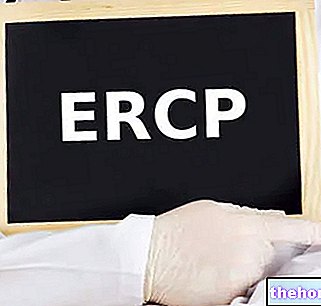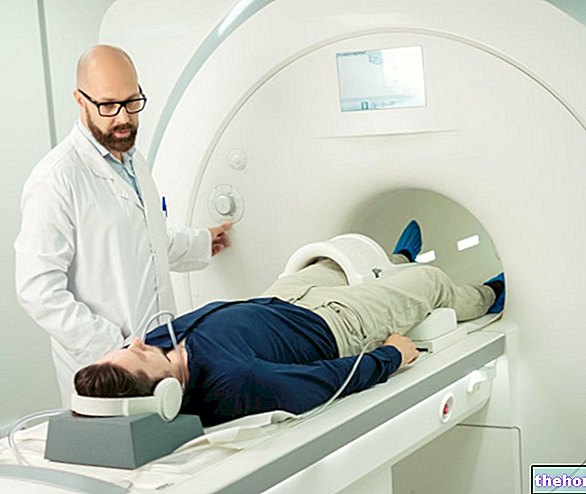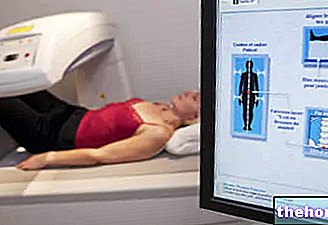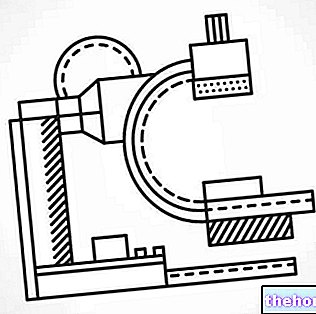
Virtually free of side effects and with very few contraindications, MRI provides clear and detailed three-dimensional images of so-called soft tissues and so-called hard tissues; this makes it a test of absolute relevance in numerous fields of medicine: from traumatology to oncology, passing through orthopedics, gastroenterology, cardiology, etc.
The only limit of magnetic resonance is the high cost of the equipment, necessary for the creation of magnetic fields for the observation of the human body, and the maintenance costs of the aforementioned equipment.
Unlike CT, magnetic resonance does not involve the use of ionizing radiation or even the execution of surgical incisions.
Conceived and developed for medical uses between 1976 and 1978, magnetic resonance imaging has undergone a constant process of technological evolution over the years, which today has made it an extremely reliable diagnostic test.




























